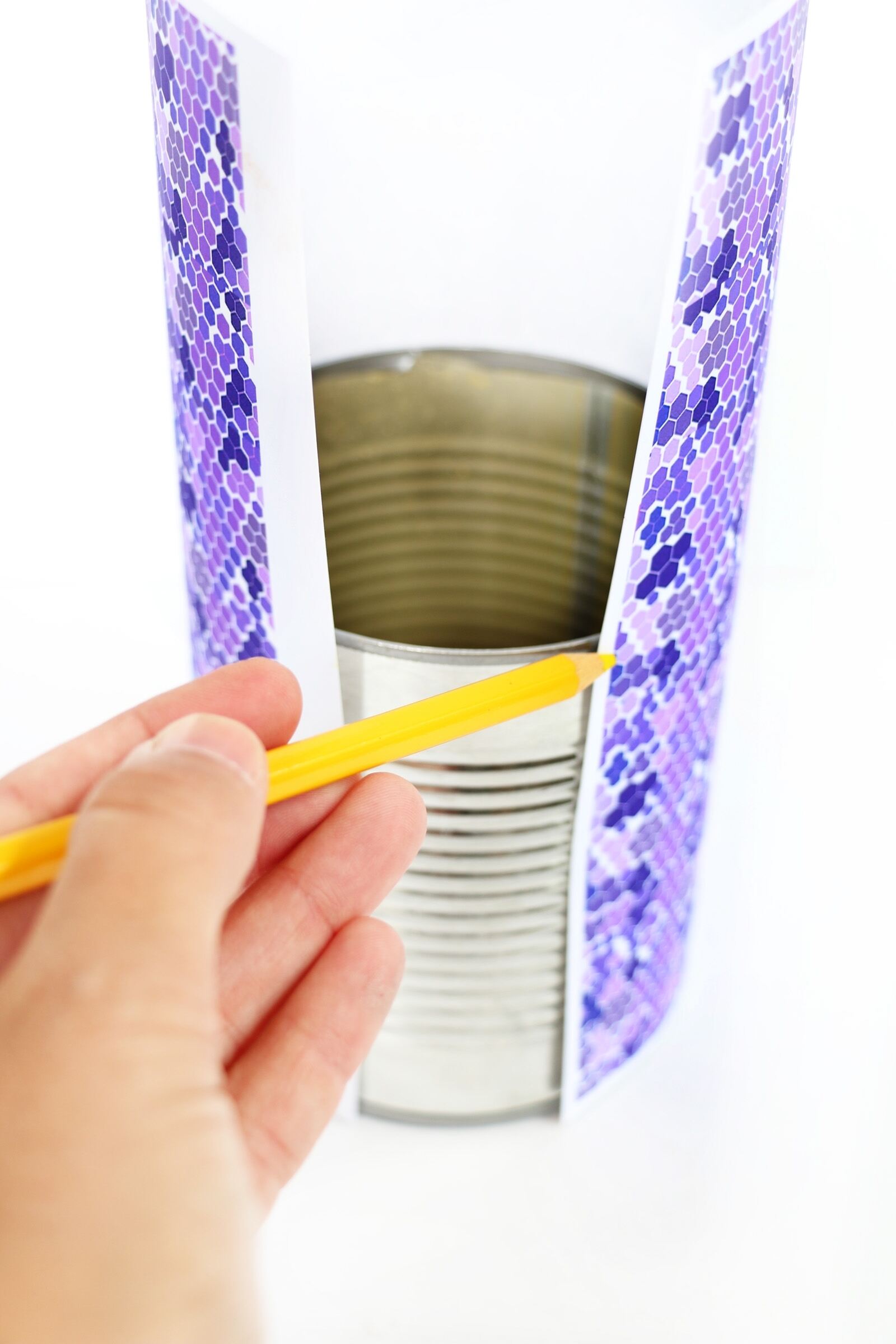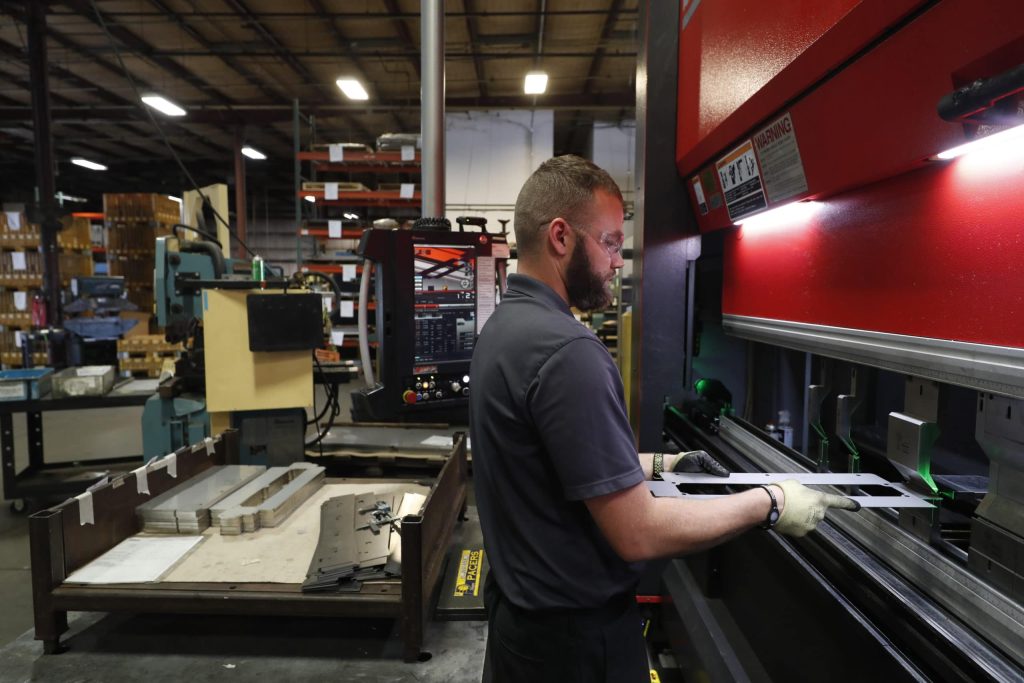Table of Contents
- Frequently Asked Questions
- What kind of glue should I use to adhere fabric to sheet metal?
- Can I use regular fabric glue to attach fabric to sheet metal?
- How can I ensure that the fabric stays in place while the glue dries?
- Can I sew fabric onto sheet metal instead of using glue?
- What are some tips for working with sheet metal and fabric?
If you’re looking to add a touch of fabric to your sheet metal project, you might be wondering how to glue it on without any issues. The good news is that it’s actually quite simple! With a few tips and tricks, you’ll be able to get your fabric adhered to your sheet metal in no time.
In this article, we’ll walk you through the steps you need to take to glue fabric to sheet metal. From choosing the right adhesive to prepping your surfaces, we’ll cover everything you need to know to ensure that your fabric stays securely in place. So, let’s get started!
- Clean both surfaces with rubbing alcohol and let them dry completely.
- Apply a thin layer of industrial-strength epoxy to the sheet metal.
- Press the fabric onto the epoxy and smooth out any wrinkles or bubbles.
- Allow the glue to dry completely according to the manufacturer’s instructions.
- Trim any excess fabric from the edges of the sheet metal.
How to Glue Fabric to Sheet Metal?
If you are looking for a way to glue fabric to sheet metal, then you have come to the right place. This article will guide you through the process of gluing fabric to sheet metal, providing you with tips and tricks to ensure a successful outcome.
1. Choose the Right Glue
The first step in gluing fabric to sheet metal is to choose the right glue. There are a variety of glues available on the market, but not all of them are suitable for this task. The best option is to use a glue that is specifically designed for bonding fabric to metal. Look for a glue that is strong, waterproof, and dries clear.
When it comes to applying the glue, always follow the manufacturer’s instructions. Apply the glue in a thin, even layer, and avoid over-applying as this can cause the glue to seep through the fabric and leave unsightly stains.
2. Prepare the Surface
Before you start gluing, it is important to prepare the surface of the sheet metal. This involves cleaning the metal and removing any dirt, dust, or grease. Use a cloth and a mild detergent to clean the surface thoroughly. Once you have done this, allow the metal to dry completely.
If the metal has any rough areas or sharp edges, use sandpaper to smooth them down. This will help to create a better bond between the fabric and the metal.
3. Cut and Measure the Fabric
Once you have prepared the surface of the sheet metal, it is time to cut and measure the fabric. Use a measuring tape to measure the length and width of the metal surface, and then cut the fabric accordingly. Be sure to leave a little extra fabric around the edges to ensure a neat, tidy finish.
4. Apply the Glue
Now that you have prepared the surface and cut the fabric, it is time to apply the glue. Apply the glue to the back of the fabric, using a brush or a roller. Make sure the glue is evenly spread across the surface of the fabric.
5. Position the Fabric
Once you have applied the glue, carefully position the fabric onto the sheet metal. Start from one end and work your way across, smoothing out any wrinkles or bubbles as you go. Use a roller to press the fabric firmly onto the metal surface.
6. Allow the Glue to Dry
After you have positioned the fabric, allow the glue to dry completely. This can take anywhere from a few hours to overnight, depending on the type of glue you are using. Avoid touching the fabric or moving the metal during this time.
7. Trim the Edges
Once the glue has dried, trim any excess fabric from the edges of the metal. Use a sharp pair of scissors or a craft knife to do this, being careful not to cut into the metal surface.
8. Finish the Edges
To create a neat and tidy finish, you can use a fabric edge sealer to finish the edges of the fabric. This will prevent fraying and give the fabric a professional look.
9. Benefits of Gluing Fabric to Sheet Metal
Gluing fabric to sheet metal offers a number of benefits. It can be used to create unique and custom designs for a variety of projects, including home decor, fashion, and crafts. Gluing fabric to sheet metal is also a cost-effective way to update old or worn-out furniture or accessories.
10. Gluing Fabric to Sheet Metal vs. Other Methods
While there are other methods of attaching fabric to metal, such as sewing or using clips or staples, gluing offers a number of advantages. Gluing is quick and easy, and does not require any special tools or equipment. It is also a versatile method that can be used on a variety of surfaces, including curved or irregular shapes.
Frequently Asked Questions
Here are some common questions and answers about how to glue fabric to sheet metal.
What kind of glue should I use to adhere fabric to sheet metal?
The best adhesive for gluing fabric to sheet metal is a contact cement adhesive. This type of glue creates a strong bond between the two surfaces and is resistant to heat, water, and chemicals. Before applying the glue, make sure both the fabric and sheet metal are clean and dry.
To apply the glue, brush a thin, even layer onto both the fabric and sheet metal surfaces. Allow the glue to dry for a few minutes until it becomes tacky, then carefully press the fabric onto the sheet metal. Use a roller or your hands to smooth out any wrinkles or bubbles in the fabric. Let the glue cure for at least 24 hours before handling the fabric.
Can I use regular fabric glue to attach fabric to sheet metal?
While regular fabric glue may work for some projects, it is not recommended for gluing fabric to sheet metal. Fabric glue is designed to bond fabric to fabric or other soft surfaces, and may not create a strong enough bond for metal. Additionally, fabric glue may not be resistant to heat or chemicals, which can cause the glue to break down over time.
If you do choose to use fabric glue, make sure to choose a heavy-duty formula that is designed for use on a variety of surfaces. Follow the manufacturer’s instructions for application and allow the glue to dry completely before handling the fabric.
How can I ensure that the fabric stays in place while the glue dries?
One way to ensure that the fabric stays in place while the glue dries is to use small clamps or weights to hold the fabric down. Place a piece of wax paper or plastic wrap over the fabric, then place the clamps or weights on top. This will help to distribute the pressure evenly and prevent the fabric from shifting or wrinkling.
Another option is to use a spray adhesive instead of a brush-on adhesive. Spray adhesive creates a temporary bond between the fabric and sheet metal, which allows you to reposition the fabric before the glue dries. Once the fabric is in the desired position, use a roller or your hands to press it firmly onto the metal surface.
Can I sew fabric onto sheet metal instead of using glue?
While sewing fabric onto sheet metal is possible, it may not be the most practical option for all projects. Sewing requires special tools and equipment, and may not create as strong of a bond as glue. Additionally, sewing may not be suitable for fabrics that are too thick or heavy to sew through.
If you do choose to sew fabric onto sheet metal, use a heavy-duty sewing machine and a strong thread that is designed for use on metal. Make sure to pre-drill holes in the metal where you plan to sew, and use a leather or denim needle to help the thread penetrate the metal surface.
What are some tips for working with sheet metal and fabric?
When working with sheet metal and fabric, it’s important to take a few precautions to ensure your safety. Wear gloves and eye protection to prevent cuts and injuries from sharp edges or flying debris. Use a metal file or sandpaper to smooth out any rough edges on the metal surface before applying the fabric.
When cutting the fabric, use sharp scissors or a rotary cutter to prevent fraying or uneven edges. Measure and cut the fabric slightly larger than the metal surface to allow for any stretching or shifting that may occur during the gluing process. And always work in a well-ventilated area to avoid inhaling any fumes from the adhesive.
In conclusion, gluing fabric to sheet metal can be a challenging task, but with the right materials and techniques, it can be accomplished successfully.
Firstly, make sure to choose the appropriate adhesive for the job. A strong and durable adhesive, such as epoxy or contact cement, is recommended for a long-lasting bond.
Secondly, ensure that both the fabric and sheet metal are clean and dry before applying the adhesive. Any dirt, oil, or moisture can weaken the bond and cause the fabric to come loose.
Lastly, apply the adhesive in a thin and even layer, and press the fabric firmly onto the sheet metal. Allow sufficient time for the adhesive to dry and cure before handling the fabric.
By following these steps, you can confidently glue fabric to sheet metal and create a beautiful and functional project.
Request a quote today!
[contact-form-7 id="1578" title="Contact form"]
Please compress the file into a ZIP or RAR file before uploading. Alternatively, send through your RFQ by email.
enquires@unitymanufacture.com




